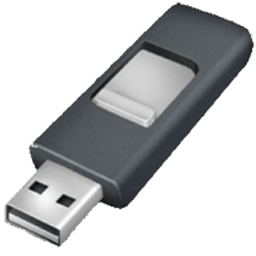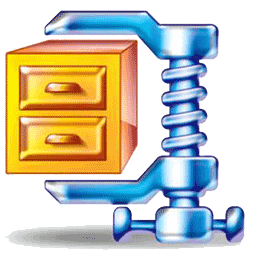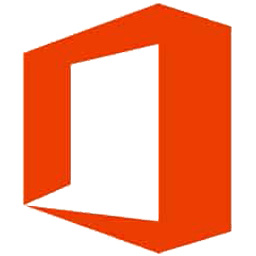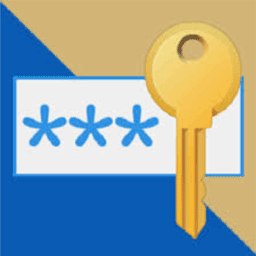Overview of Rufus for Windows
Rufus for Windows is a free utility, used by many people to create removable USB ports. The program only works on Windows, but can also install ISO software running on Mac, Linux, and other applications. Rufus for Windows is also helpful to be able to install a new OS on an empty computer or an incomplete USB port step.
Rufus for Windows is a useful tool for managing input tools: –
Pete Batard has developed the Rufus of our rapidly changing age when DVDs are less important, and USB is in its infancy. Most computers no longer have DVD drives so sticking to the installation software requires a separate backup. Specifically, Rufus is a tool for building bootable USB drivers and converting them into CDs with installation software. Especially as it can provide ISOs that work on almost all Windows, Ubuntu, Linux, and IOS systems.
As one person raises and maintains the system, patches do not appear easily. The main website has a good FAQ, and its owner actively answers questions and problems. Also, since coding is freely available, any programmer can change it and free up locations.
What is the Rufus USB tool?
Its main feature is to create an ISO on USB. ISO is used to contain the same copy of the content as a standard disk. That way, Rufus can combine all the various files into a DVD or a computer into a single ISO file. Rufus for Windows will reset your device when you enter the ISO. Remember to keep all your details somewhere so you don’t lose everything. Provides support for creating UEFI MBR and BIOS files on different computers.
Also, on some UEFI devices, they have GPT. For example, you can use Rufus to store the ISO for Windows 7 so that you can use it to reinstall it on your computer in the future. Another option would be an old game you only have on DVD that you would like to save for the future. Other usage options may be available before creating an ISO that can be burned to a disk or sent over the Internet. The biggest advantage is that it can be used for other applications even if Rufus only works on Windows.
Booting from USB:-
If you want to create a USB boot with Rufus for Windows, it’s very easy. First, you will need to enter the sixth drive you want to start with. Rufus will detect the USB once you start the program. There is a small button with an icon of the optical drive. Click that, then find and select the ISO you want to use.
Once you have passed this process, the USB will be formatted. The ISO will then be copied to a USB so you can use it to get started. If you want to start with USB, you’ll have to go into your BIOS to make that happen. Rufus cannot control BIOS performance on all platforms. Or possibly, you can only install Rufus on Windows, so it won’t do you any good if you want to start a Mac.
It is very easy to use. The user interface shows all the options you need, from which the OS, to and from the ISO. Also, you need to press the file and find the .exe there and use it for the process of creating a USB drive.
Is Rufus for Windows safe?
Yes, Rufus is very safe. It would be wise to store all the information used to create the ISO in a separate location in the event of an error. The software does not have the ability to damage the hard drive. The worst thing I can do is delete some data from the USB, which could damage the device over time. In addition, multiple tests of many bad blocks in the system can lead to permanent damage that is not very possible.
Another thing is, that if you are making a DOS installation drive, make sure you know exactly what you need to do to make the file work. Check that the computer is UEFI or BIOS. The software requires the ability to store and modify Registry keys. This process is completely correct as it restores them to their original state in the end. It also means that the system will be able to check that everything is fine with the installation.
Bugs, Limitations, and support:-
Rufus is very safe to use and does not carry bugs in the system. It has been used by many people over time and may be used by anyone doing iOS work or in professional settings. It has a few limitations as it can only be used on Windows 7-10. The composer also terminated support for previous versions.
Too bad it can only insert one sequence into the USB. While you can still save some items to drive, you will not be able to set removable ISOs. The developer, Pete Batard, did an excellent job of answering emails and questions directed at him while releasing new updates. Rest assured, if there is a problem, he will respond and help you fix anything that went wrong.
Alternatives of Rufus for Windows:-
- Rufus Portable is different from the single software in some ways. It can be moved from computer to computer and retain the same settings. Other than that, there is no difference between the software.
- Compared to Etcher, there are very few comparisons you should have. Rufus is known to be twice as fast as any other system. Etcher takes extra memory while also lacking in advanced settings.
- Unetbootin is also slow-moving. In addition, it is unsafe and has a high chance of damaging the USB. It has no installer, and sometimes Unetbootin will not work. Therefore, Rufus succeeds in this comparison.
- It can be said that Yumi is a better competition. However, it also has a flag when it comes to speed and ease of use. Another problem is that UEFI options are still growing and limit what you can do with the system.
Speedy bootable USB creation:-
In the end, there is nothing wrong with Rufus. Fully considered, a solid system. For those who are just trying to have a secure BIOS file in case their computer crashes or saves the game for the future, it is perfect. For developers, it is good because they can set the code that runs the program to do what they need. Recent developments in the system are extensive and varied but are intended to address the problems separately and save you the latest Windows updates.
System requirements:
- OS Requirements:- Windows 11, Windows 10, Windows 8.1, and Windows 7.
- Minimum RAM (Memory): 1GB RAM Minimum (i recommend 2 GB RAM )
- Compatibility Architecture: Any 64-bit or 32-bit
- Free hard disk space: 100 MB minimum
Technical Data of Rufus for Windows:
- Software name: Rufus
- Setup File name:- Rufus-3.20.exe
- Version:- 3.20
- Language:- English
- License:- Full Free Version
- Post update on- 08/11/2022
- File Size:- 1.33 MB
- Author:- Rufus
- From Official Websites:- Click here

Rufus for Windows
(Freeware)













